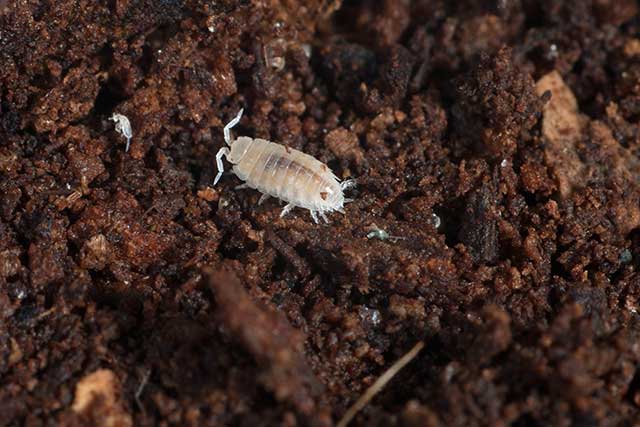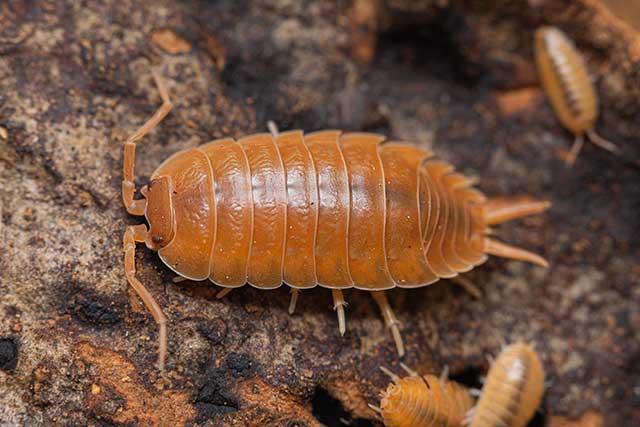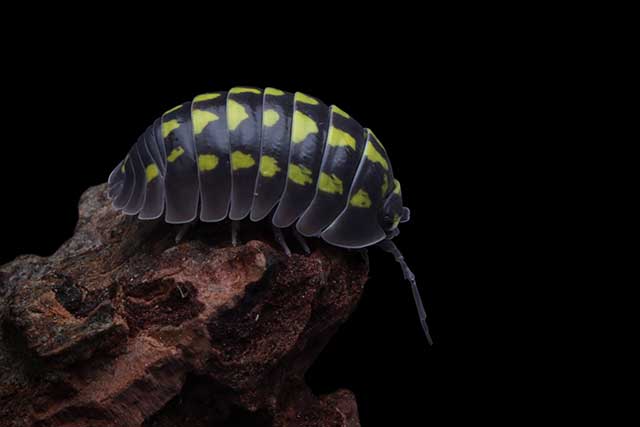Are you a passionate reptile keeper or an enthusiast looking to create a thriving bioactive enclosure? If so, you’re likely aware that the well-being of your reptilian friends hinges on a balanced and biodiverse habitat. Isopods are those fascinating little critters that play a crucial role in maintaining this equilibrium. In this guide, we’ll delve into the world of isopods and explore which species are the best fit for your bioactive setup.
Understanding the Isopods
What Are Isopods?
Isopods, also known as woodlice or pill bugs, are small, terrestrial crustaceans that play an important role in the decomposition process of organic matter. These tiny creatures thrive in a variety of environments and are often used in bioactive enclosures to aid in waste breakdown, soil aeration, and more.
The Importance of Isopods
Isopods offer numerous benefits in a bioactive enclosure. They consume decaying plant matter and waste, helping to prevent the buildup of harmful substances. Additionally, they contribute to soil aeration and nutrient cycling, creating a healthier environment for your reptiles.
Choosing the Right One
Selecting the most suitable pill bug species for your bioactive enclosure can be a bit of a puzzle. Each species has its unique traits and preferences. To ensure you make an informed choice, let’s take a closer look at a few top contenders:
1. Dwarf White Isopods (Trichorhina tomentosa)

– Size: Small
– Color: White or pale gray
– Behavior: They are excellent scavengers and thrive in a variety of terrariums. Their small size allows them to access tight spaces, making them efficient cleaners.
2. Giant Canyon Isopods (Pseudosphaeroma spp.)
– Size: Larger than many other species
– Color: Various shades of gray
– Behavior: These terrestrial crustaceans are known for their size and unique appearance. Despite their substantial size, Giant Canyon Isopods are efficient scavengers that excel in reducing waste and maintaining a clean environment. They actively burrow and mix the substrate, which promotes aeration and improves soil structure in the enclosure.While larger, these isopods display climbing abilities, allowing them to access various parts of the enclosure.
3. Powder Orange Isopods (Porcellio laevis)

– Size: Small to medium
– Color: Orange with dark spots
– Behavior: These pill bugs are often used for their vibrant coloration. They are primarily active during the night, ensuring that your enclosure remains clean and tidy while your reptiles rest. These types are Agile Climbers as they have a knack for climbing, allowing them to access various parts of the enclosure, including vertical surfaces.
4. Spanish Orange Isopods (Armadillidium gestroi)

– Size: Small
– Color: Bright orange
– Behavior: These tiny creatures are known for their striking appearance. They are adept at consuming decomposing organic material, contributing to a clean and healthy enclosure. They often congregate in groups and are known for their gregarious behavior, which can create a visually appealing aspect of your enclosure. They are also skilled diggers, often burrowing into the substrate to seek shelter and regulate their moisture levels.
5. Rubber Ducky Isopods (Cubaris murina)

– Size: Tiny to small
– Color: Brown with a distinctive, elongated shape
– Behavior: Rubber Ducky’s are gaining popularity in the hobby due to their unique appearance. They are efficient cleaners and thrive in humid environments.
Considerations for Your Choice
When selecting pill bugs for your bioactive enclosure, it’s essential to take into account various factors:
1. Enclosure Size
– Larger enclosures can support a more extensive range of pill bug species. Some, like Giant Canyon Isopods, need more space to thrive.
2. Temperature and Humidity
– Different types of species have specific preferences for temperature and humidity levels. Be sure to match these requirements with your reptile’s needs.
3. Aesthetics
– While aesthetics might not be the primary consideration, some hobbyists choose types like the Powder Orange or Spanish Orange for their vibrant colors.
4. Maintenance Level
– Some species, like Dwarf White Isopods, are known for their efficiency in cleaning, while others may have particular needs.
Key Takeaways
In conclusion, selecting the right isopods for your bioactive enclosure is a crucial step in creating a thriving and balanced habitat for your reptiles. Each species has its own unique qualities, and the choice largely depends on your enclosure size, the environmental conditions you can provide, and your aesthetic preferences. By carefully considering these factors, you can create an environment that supports the well-being of your reptilian companions and enhances the overall appeal of your enclosure. So, dive into the fascinating world of isopods and create a bioactive haven for your beloved reptiles.